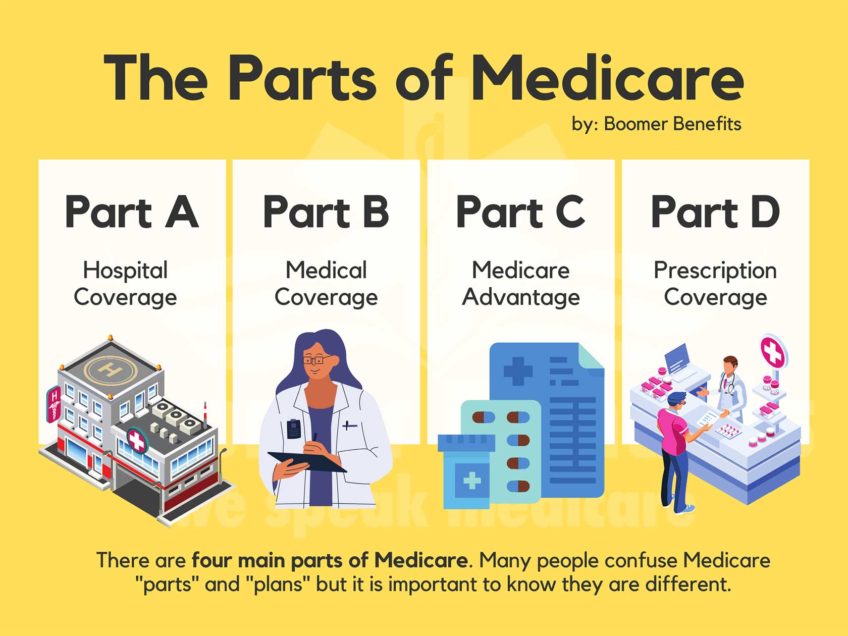Insurance coverage increases the likelihood of getting preventive services
Screenings can find illnesses earlier when they are easier to treat

A recent survey report by the Centers for Disease Control and Prevention noted that adults in this country were up to three times more likely to receive preventive services if they were insured. These findings applied to all types of insurance, including Medicare, Medicaid and private plans.
In the not too distant past, however, many insurance plans did not pay for screening tests. That’s largely because health insurance was designed to pay for treatment for a diagnosed illness or injury. Screening exams, on the other hand, are looking for an undetected problem.
The survey included responses from almost 68,000 people who were queried about nine preventive services including checks for high blood pressure; high cholesterol; diabetes; breast, cervical and colon cancers; diet counseling; and immunizations for hepatitis A and B.
Colon cancer was the big winner here. People with insurance were three times more likely to have received colon cancer screening than people without insurance.
The findings are significant given the fact that the majority of these illnesses account for four of the leading causes of death in the U.S. For instance, untreated high blood pressure is the leading cause of stroke, while high cholesterol can lead to heart disease and heart attacks. Screening saves lives and dollars. According to a study published in Health Affairs, detection of illnesses in the early stages could result in total savings of almost $4 billion in medical costs.
Since this study used data from 2011 and 2012, the Affordable Care Act, more familiarly referred to as “Obamacare,” was not fully implemented. Since the ACA mandates several preventive services at no expense to the insured individual, the number of those screened is expected to increase.
It is important to make the distinction between screening tests and diagnostic tests. Screening tests are performed on apparently healthy individuals. Diagnostic tests, on the other hand, are used to identify a condition based on signs and symptoms.

Take mammograms for example. The purpose of a screening mammogram is to find a tumor when it is too small to feel. According to Susan G. Komen for the Cure, mammograms can pick up tumors as small as half a centimeter. Diagnostic mammograms, on the other hand, are used following the detection of a symptom of breast cancer, such as a lump or changes in the size or shape of the breast.
The process of the two types of mammograms differs. Screening mammograms consist of two x-ray views of each breast, while diagnostic mammograms may take multiple views and zoom in on a specific area where there is a suspicion of an abnormality.
The cost may differ as well. The ACA mandates that certain screenings be provided at no cost to the insured individual. That means the plan cannot charge a copay, coinsurance or deductible. Diagnostic tests are a different story and fall under the policy of each particular plan. A person might be required to pay 100 percent of the cost.
While the ACA mandates 15 free preventive services for adults, the free pass does not apply to all screening tests. Rather, it follows the guidelines of the U.S. Preventive Services Task Force, a group of 16 health professionals who are nationally recognized experts in preventive medicine. While the decisions of the task force are often controversial, health plans tend to base their offered screenings on its recommendations.
For instance, the task force does not recommend the prostate-specific antigen, or PSA, to detect prostate cancer. Its position is that the harm caused by screening — false positives and serious complications — outweighs the benefits. The PSA, therefore, is not one of the preventive services offered by the ACA at no cost. Unfortunately, the incidence and mortality rates for prostate cancer are highest among African Americans. The PSA, along with the digital rectal exam, are currently the only available screening tests for prostate cancer.
Regardless of increased Insurance coverage for preventive services, cost alone is not sufficient to ensure that everyone will take advantage of them. Greater awareness of the ACA and the benefits of early testing are key.
To determine the screening test appropriate for your age and gender, visit CDC at www.cdc.gov/prevention/.


![Banner [Virtual] Art Gallery](https://baystatebanner.com/wp-content/uploads/2024/04/Cagen-Luse_Men-at-store-e1713991226112-150x150.jpg)



